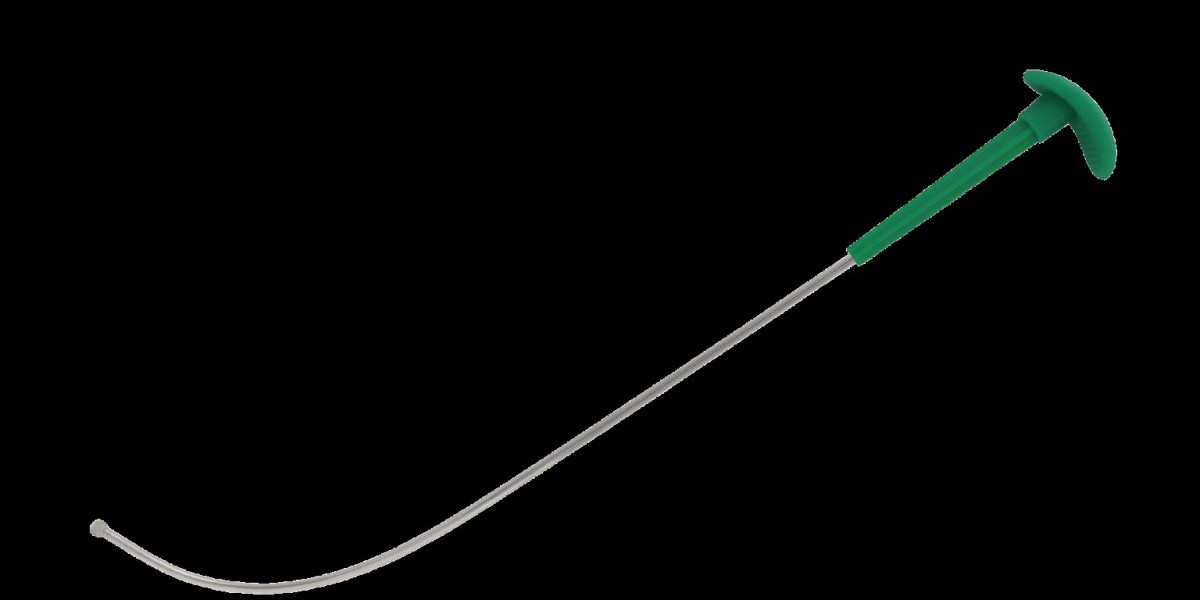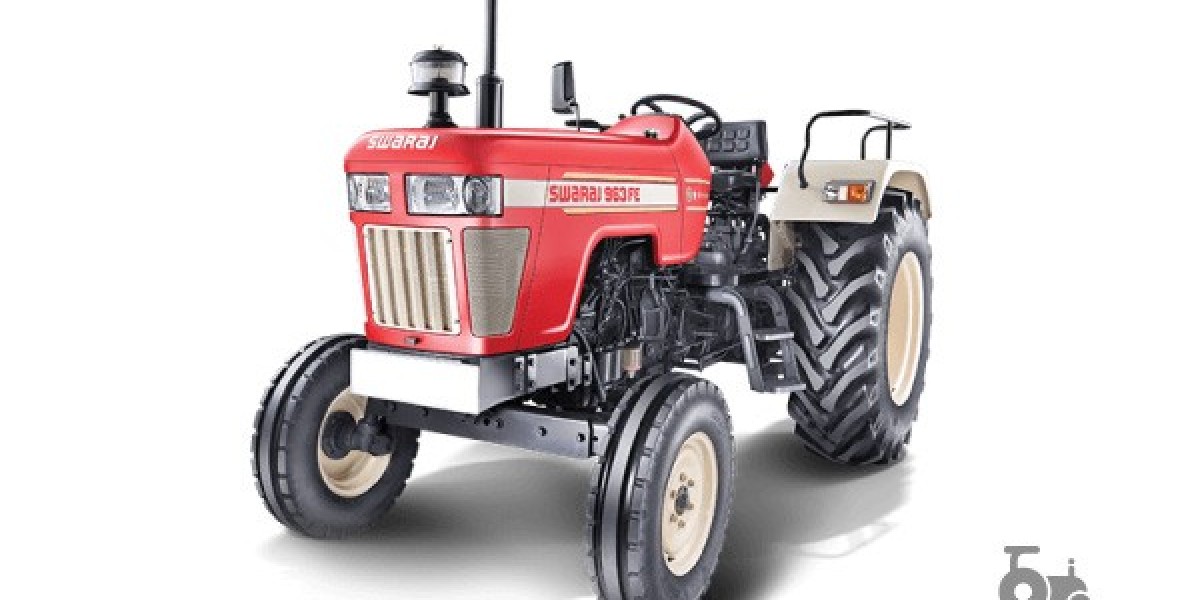In the world of emergency and trauma care, every decision and every tool used can have a profound impact on a patient's outcome. One of the most critical procedures in these high-stress, time-sensitive scenarios is securing a patient’s airway. Intubation — the process of inserting an endotracheal tube (ETT) into the trachea to maintain an open airway — is a standard life-saving intervention. However, it becomes increasingly challenging in trauma and emergency situations, where the airway may be obstructed, anatomy may be altered, or the patient’s condition deteriorates rapidly.
In these high-pressure environments, having the right tools can mean the difference between life and death. Single Use Intubation Stylet has emerged as an essential device in trauma and emergency care settings, providing healthcare professionals with the control, speed, and reliability they need to manage difficult airways with confidence.
In this article, we explore why these stylets are indispensable in trauma and emergency care, focusing on their safety, efficiency, and effectiveness in critical situations.
What Is a Single Use Intubation Stylet?
A Single Use Intubation Stylet is a flexible, single-use device that is inserted into an endotracheal tube to provide rigidity and guidance for tube placement during intubation. These stylets can be bent to help shape the tube, allowing it to maneuver through the patient’s airway more easily and accurately.
Unlike traditional reusable stylets, which need to be cleaned and sterilized after every use, single-use stylets are disposed of after each procedure. This guarantees sterility, eliminates the risks of cross-contamination, and improves overall infection control practices in clinical environments.
Why Single Use Intubation Stylets Are Essential in Trauma and Emergency Care
1. Ensuring Sterility and Reducing Infection Risk:
In trauma and emergency care settings, the risk of infections is heightened due to the urgent nature of the situations and the compromised health of patients. Trauma patients, in particular, often have open wounds, fractures, and other injuries that put them at a higher risk of infection. In addition, healthcare providers are frequently required to act quickly and may not have time to thoroughly clean and sterilize reusable equipment.
Single-use intubation stylets address this concern by offering a completely sterile, disposable solution for intubation. By ensuring that each stylet is used only once, hospitals and medical teams eliminate the risk of cross-contamination between patients, a common problem with reusable devices. This contributes significantly to patient safety and reduces the potential for healthcare-associated infections, which are particularly dangerous in critical care settings.
2. Streamlining the Intubation Process:
In emergency situations, time is a critical factor. Trauma patients may experience respiratory distress, hypoxia, or loss of consciousness, and the healthcare team must act swiftly to secure the airway. Delayed intubation attempts can worsen the patient’s condition and lead to life-threatening complications.
Single-use intubation stylets simplify and streamline the intubation process. These devices are designed for quick setup and precise control, allowing medical professionals to secure the airway faster and with greater accuracy. Their flexibility and ease of use mean that less time is spent trying to manipulate and shape the endotracheal tube. As a result, trauma and emergency care teams can focus on the next step of treatment without wasting precious time.
3. Better Control in Difficult Airway Scenarios:
Trauma patients often present with difficult airway anatomy, especially in cases involving facial injuries, cervical spine fractures, or significant swelling in the neck and airway. Intubation in these situations can be extremely challenging, and traditional methods may not be sufficient to navigate the patient's airway successfully.
Single-use intubation stylets offer enhanced control and precision, making them invaluable when dealing with difficult airways. Their ability to provide rigidity to the endotracheal tube while also allowing for flexibility in bending it to navigate anatomical obstructions helps ensure successful intubation even in challenging scenarios. This ability to shape the tube to the contours of the patient’s airway increases the likelihood of a successful first attempt, reducing the number of intubation attempts and, consequently, the risk of trauma to the airway.
4. Improved Patient Safety in High-Risk Situations:
In trauma and emergency care, many patients may present with complicated or unstable conditions. For instance, patients with severe head injuries may require intubation, but these patients are also at risk of elevated intracranial pressure, making proper airway management even more critical. Similarly, patients with facial trauma or burns may have compromised airways that need delicate handling.
Single-use intubation stylets minimize the risk of complications by providing healthcare providers with a reliable tool that ensures precise control over the intubation process. These stylets help reduce the chances of misplacement of the endotracheal tube or injury to the airway, both of which could lead to more severe outcomes. The ability to maintain proper tube placement quickly and accurately is especially important in high-risk trauma cases, where mistakes could exacerbate an already dire situation.
5. Reducing the Risk of Cross-Contamination:
Trauma and emergency care units often treat multiple patients who may be suffering from contagious diseases, particularly in busy hospitals or disaster scenarios. In these settings, the risk of cross-contamination between patients is a major concern.
Single-use devices, such as intubation stylets, provide a simple solution to this problem. Since each stylet is used only once and then discarded, there is no risk of spreading infections from one patient to another. This makes single-use stylets an essential tool in emergency rooms, trauma centers, and pre-hospital environments where patients are frequently exposed to a range of infectious conditions.
6. Cost-Effectiveness and Convenience:
While some may argue that single-use medical equipment can be costly, the benefits far outweigh the expenses, particularly in trauma and emergency care settings. The need for sterility, speed, and accuracy in these environments makes disposable devices a cost-effective solution in the long run.
By eliminating the need for cleaning and sterilizing reusable stylets, healthcare providers can save on labor, equipment maintenance, and cleaning chemicals. Additionally, because single-use intubation stylets ensure higher success rates and fewer complications, they can help prevent costly errors, additional procedures, and prolonged hospital stays.
Conclusion:
In the fast-paced and unpredictable world of trauma and emergency care, the need for quick, precise, and reliable tools is paramount. Single-use intubation stylets offer a number of advantages that make them a must-have in these high-stress environments. From ensuring sterility and reducing infection risk to enhancing control in difficult airway situations, these devices play a crucial role in optimizing patient safety and improving the success of intubation procedures.
By providing healthcare teams with a reliable, efficient, and cost-effective solution, single-use intubation stylet help ensure optimal outcomes for trauma patients. As emergency care becomes more complex and demanding, the importance of having the right tools — including single-use intubation stylets — cannot be overstated. They are, without a doubt, a critical component in the life-saving toolkit of trauma and emergency care providers.








